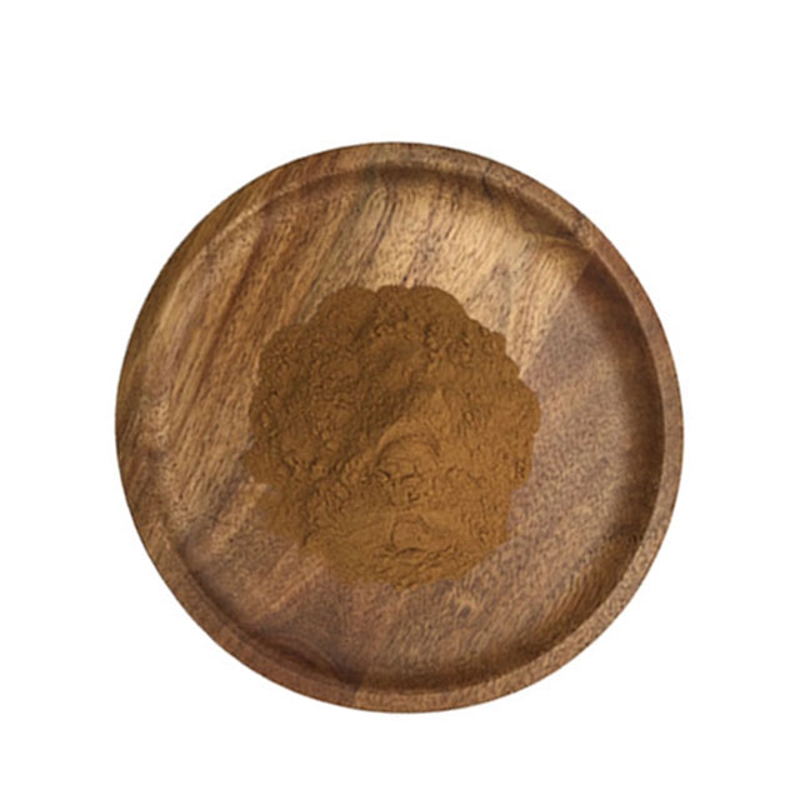-
Categories
-
Pharmaceutical Intermediates
-
Active Pharmaceutical Ingredients
-
Food Additives
- Industrial Coatings
- Agrochemicals
- Dyes and Pigments
- Surfactant
- Flavors and Fragrances
- Chemical Reagents
- Catalyst and Auxiliary
- Natural Products
- Inorganic Chemistry
-
Organic Chemistry
-
Biochemical Engineering
- Analytical Chemistry
- Cosmetic Ingredient
-
Pharmaceutical Intermediates
Promotion
ECHEMI Mall
Wholesale
Weekly Price
Exhibition
News
-
Trade Service
This article is compiled and compiled by Yimaitong, please do not reprint without authorization
.
Case data: A 21-year-old female patient was admitted to the emergency department due to massive gastrointestinal bleeding with lower abdominal pain and loss of consciousness
.
The patient has no history of using non-steroidal anti-inflammatory drugs or anticoagulants, and the laboratory test results indicate iron deficiency anemia (Hb: 106g / L)
.
The coagulation function test result did not indicate abnormality, and the physical examination revealed that the patient had an anemic face
.
During the laboratory examination, the patient had two more bleedings and the blood was black, so the doctor performed an emergency colonoscopy
.
During the examination, it can be seen that the entire colorectal intestine and the terminal ileum are full of blood.
According to the color, it can be judged that the blood from the cecum is the freshest
.
The doctor lavaged the intestines and found that the blood came from a small hole in the appendix (Figure A)
.
What is the most likely cause of this case of lower gastrointestinal bleeding? A.
Ulcerative colitis B.
Colorectal cancer C.
Intestinal tuberculosis D.
Abnormal blood vessels in the appendix The answer is revealed The correct answer is D, specifically Dieulafoy's disease of the appendix
.
The doctor speculated that the blood came from the appendix
.
An enhanced CT scan of the abdomen (Figure B) showed high-density changes in the appendix, and no positive findings in other parts
.
The doctor performed emergency laparoscopic surgery and removed the appendix during the operation (Figure C)
.
During the appendectomy, the doctor found a large number of blood clots in the appendix cavity
.
Also see a blood vessel-like structure protruding from the appendix mucosa with a width of about 3mm (the width of the head and tail are approximately the same, without narrowing or widening) (Figure D)
.
After taking the biopsy and sending it for examination, the doctor can see under the microscope that there are unbranched arteries at the mucosal surface ulcers of the same caliber (Figure E)
.
Three days after the operation, the patient complained that the blood in the stool disappeared under his eyes and was discharged from the hospital successfully
.
In the follow-up 2 weeks later, the patient indicated that the bleeding symptoms had completely disappeared
.
Summary and discussion Dieulafoy's disease is also known as constant-diameter arterial malformation.
The disease occurs throughout the entire digestive tract.
The lesions are mostly found in the stomach wall (including the upper part of the stomach and fundus) of the stomach and the cardia, and the smaller curvature is more common
.
Diseases in other parts of the digestive tract are mostly individual reports, and even reports that occur outside the digestive tract (all located in the trachea)
.
Macroscopically, Dieulafoy's disease lesions are generally 2~5mm in diameter, showing localized mucosal defects or erosion changes, or solitary conical polypoids
.
In the center of the defect, a pulsating artery with a diameter of 1 to 3 mm can be seen protruding from the mucosa, and there may be clots or thrombi attached to its surface
.
The boundary around the lesion is clear, there is no inflammatory change, and there is no other lesions that can cause bleeding
.
Dieulafoy disease can be seen in all age groups, but it is more common in elderly people with hypertension
.
Mainly manifested as repeated massive gastrointestinal bleeding, the amount of bleeding is often large, difficult to control, and often fatal, with a fatality rate of up to 23%
.
The specific manifestations and precautions include the following aspects: (1) Sudden onset: no obvious aura symptoms, tobacco and alcohol, high blood pressure and stress may be the triggers, no past history of liver cirrhosis, peptic ulcer and family genetic disease; (2) Sudden and fatal gastrointestinal hemorrhage: 54.
0% of patients had shock at the time of treatment, and only 33.
0% of those who had hematemesis as the main complaint.
Failure to respond in time often leads to death, which is the cause of the high case fatality rate; (3) ) Intermittent and refractory: Blood crust is formed after bleeding from a constant-diameter artery, which temporarily stops the bleeding.
However, as blood pressure rises or irritates after transfusion and blood transfusion treatment, the blood crust falls off, causing major bleeding again, showing the characteristics of recurrent episodes; In addition, because the lesion is small and hidden, it is difficult to find through multiple endoscopic examinations, and it is difficult to locate and diagnose and is intractable; (4) Dieulafoy's disease needs to be differentiated from hemorrhagic gastritis, Mallay-weiss tear syndrome, and peptic ulcer bleeding : Most upper gastrointestinal bleeding can be clearly diagnosed by endoscopy, and the possibility of this disease should be considered for the difficult to diagnose recurrent massive bleeding
.
In cases of acute lower gastrointestinal bleeding, bleeding caused by the appendix is less common
.
The most common causes of appendix bleeding are intussusception, vascular proliferation, and diverticulitis
.
Active Dieulafoy disease that appears in the appendix is a challenge for doctors to diagnose and treat
.
So far, in all English literature, there are only 2 reports of Dieulafoy's disease of the appendix
.
Both patients are male and over 50 years old
.
This case is the first female patient diagnosed with the disease
.
References: [1]Meng Xue, Wei-hong Weng, Liang-jing Wang.
An Unusual Cause of Acute Massive Lower Gastrointestinal Bleeding.
Gastroenterology.
2020;158:1550–1551.
https://doi.
org/10.
1053/j .
gastro.
2019.
08.
057.
[2]Sun Wei, Wang Qiang.
Progress in diagnosis and treatment of Dieulafoy disease[J].
Chinese Journal of Practical Surgery.
2010,30(6) :494-497.







